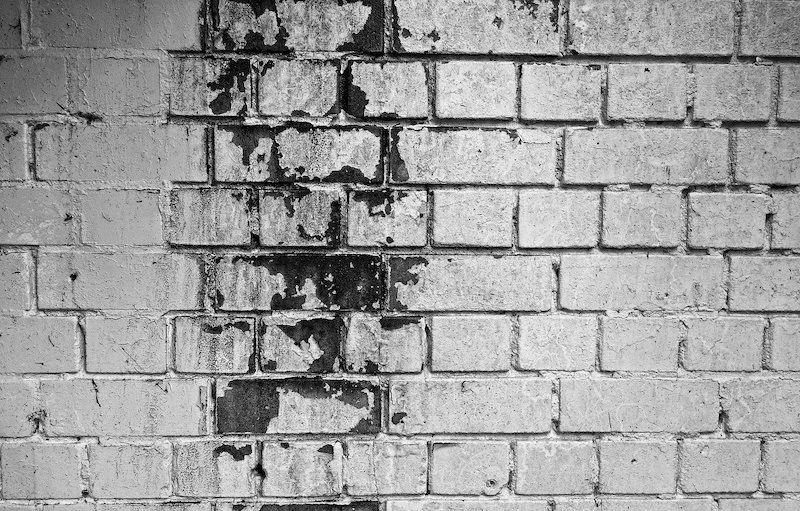Mold. The word alone is enough to strike fear into the minds of homeowners everywhere. But should it? Should you be worried? Is it really as dangerous as it is made out to be? As it turns out, it might not be.
An Overview of Mold
Mold is found everywhere – in every environment there are mold spores. This includes homes and office buildings. Now, before you freak out, keep in mind that there are dozens of different types of mold and only a handful are truly harmful.
You may also want to remember that mold is only a problem in high concentrations i.e. concentrations higher than those found outside.
Because mold needs moisture, heat, and dust or dirt to thrive, it’s easy for it to make its home inside of our homes. Why? Well, our homes are warm and where we live, dust lives; no amount of cleaning will ever completely rid a human dwelling of dust or dirt. That leaves moisture.
Most homes do not have an abundance of moisture, but some do have problems with leaky pipes, hot water tank problems, or frequent flooding. These homes are the most likely to see mold as a problem.
Is It Dangerous?
As we mentioned, mold comes in many varieties and not all of them are harmful. These molds -the non-toxic kind- are considered to be allergenic, meaning that some people are sensitive to them while others are not.
Those with mold sensitivities are prone to a number of side effects including watering, dry, or sore eyes, coughing, sneezing, headaches, sore throat, and nasal or chest congestion. For the average healthy adult, they are most likely to be sensitive and not to develop a life-threatening reaction to the mold.
However, this with compromised immune systems and/or lung infections and diseases run the risk of developing mold related infections. These can be serious if left untreated.
In healthy adults, mold can occasionally cause respiratory issues. In people who are susceptible, mold can cause them to develop asthma.
Certain species of mold are, as we said, more dangerous than others. Some types release mycotoxins, which are soaked up by the skin. This particular toxin can lead to a number of serious health problems when you are exposed for extended periods of time. You can fall victim to: cancer, pulmonary bleeding, digestive and heart problems, immune and blood disorders, liver and kidney problems, and neurotoxicity.
Types of Mold
Alternaria
Alternia is the most common household mold. It is dark green and velvety and grows where moisture resides, such as in bathrooms or showers. It is an allergenic mold.
Acremonium
Acremonium is a toxic mold. It starts off as a white, pink, ir orange powdery substance and quickly evolves its appearance. It grows in household systems such as drains, cooling and heating systems, and humidifiers.
Aureobasidium
Aureobasidium is an allergenic mold that is found most commonly behind wallpaper or on painted surfaces. Ir develops as a pink, black, or brown color and will typically get darker over time.
Penicillin
Penicillin is known for its soft, dark green appearance. It’s found inside of homes with damage and can even be spotted inside of mattresses and on materials that have been exposed to long periods of moisture. It’s an allergenic.
While we did not go over every type of mold, the ones we did touch on are a few of the most common.

